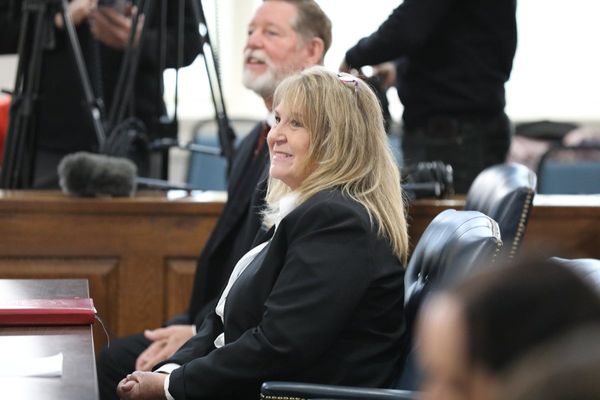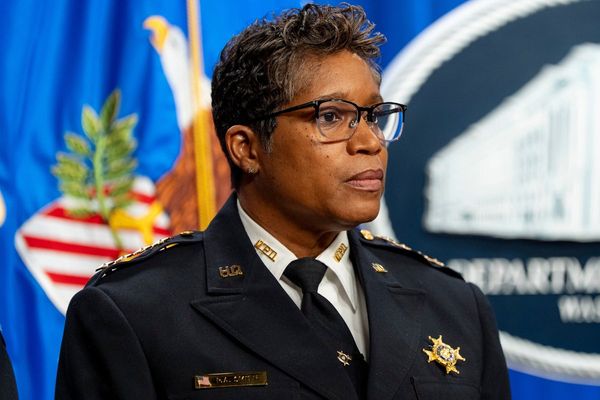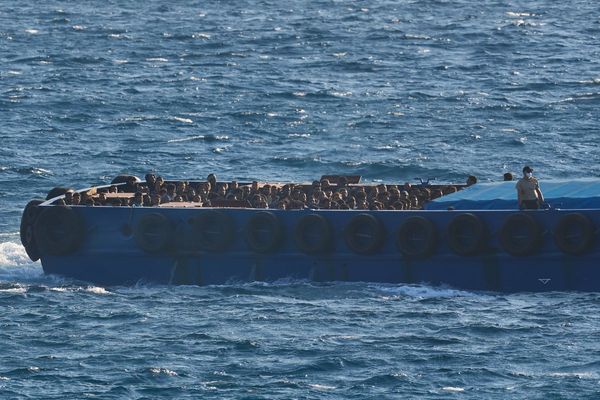
Weather experts in the UK, Ireland and the Netherlands have announced the new list of names for the 2025/26 ‘storm season’, which begins today and runs until 31 August 2026, just weeks after Storm Floris.
Of the list of 21 names, each of the national partners contributed seven, with some names chosen from pubic submissions. The Met Office takes suggestions through an online form.
So what are this season’s storm names? How are these names chosen? And why are storms named in the first place?
Here’s what you need to know.
What are the storm names for 2025/26?
Top of this year’s list are Amy, Bram and Chandra. The rest of the names are below.

The UK’s most recent storm, Storm Floris, was the sixth names from last season’s list.
The name Floris is of Dutch origin and is also used a variant of the French name Florence.
Floris comes from the Latin word florens, meaning to "prosper" or "flourish". The County of Holland had five powerful monarchs who also went by the name Floris.
Why are there no storms named with the letters Q, U, X, Y, and Z?
Only 21 letters in the alphabet are included in the list of storm names as it is challenging to come up with six appropriate names (one for each of the six rotating lists), beginning with Q, U, X, Y, and Z.You will never see your name on the list of storms if your name starts with these letters.
How are storm names chosen?
A collaboration between the Met Office, Met Éireann (the Irish meteorological service), and KNMI (the Dutch meteorological service) names storms in the UK. This naming process is designed to make the public more aware of severe weather events and to ensure that people take necessary precautions when such storms are forecasted.
Each service has chosen seven names on the alphabetical list (excluding the letters q, u, x, y and z).
Each year, the UK Met Office, in collaboration with Met Éireann and KNMI, releases a list of names for the upcoming storm season. The names are selected alphabetically, alternating between male and female names.
A storm is named when it is expected to have a significant impact, particularly if it is forecasted to bring strong winds, heavy rain, or snow that could cause substantial damage or pose a risk to life.
The decision to name a storm is based on the potential for an amber or red warning (high or very high impact) to be issued.
The Met Office and Met Éireann launched their first "Name our Storms" campaign in 2015. The tradition of naming storms began in the US in 1950 to help people “engage with weather forecasts”.
Met Éireann in April 2024 named Storm Kathleen after two Irish scientists, Kathleen McNulty and Kathleen Lonsdale.
You can learn more about the storm naming process here.
Why are storms named?
Experts say storms are named to enhance communication and public safety. A specific name makes it easier for people to remember and discuss a storm, reducing confusion, especially when multiple storms are active simultaneously.
This clarity helps consistently disseminate warnings and ensures that media, government agencies, and the public all refer to the same event.
Additionally, naming storms increases public awareness and urgency, prompting people to take necessary precautions. A named storm tends to receive more media coverage, helping to spread important safety information. Overall, the practice simplifies communication, improves preparedness, and aids in the effective coordination of emergency responses.
Rebekah Hicks, Chief Meteorologist at the UK Met Office said: “Naming storms isn’t just about giving them a label, it’s about making sure people take notice. When a storm has a name, it becomes easier for the media and public to talk about it, share information, and prepare.
“It’s a simple step that can make a big difference in helping communities stay safe, protect their homes, and make informed decisions ahead of severe weather.”







